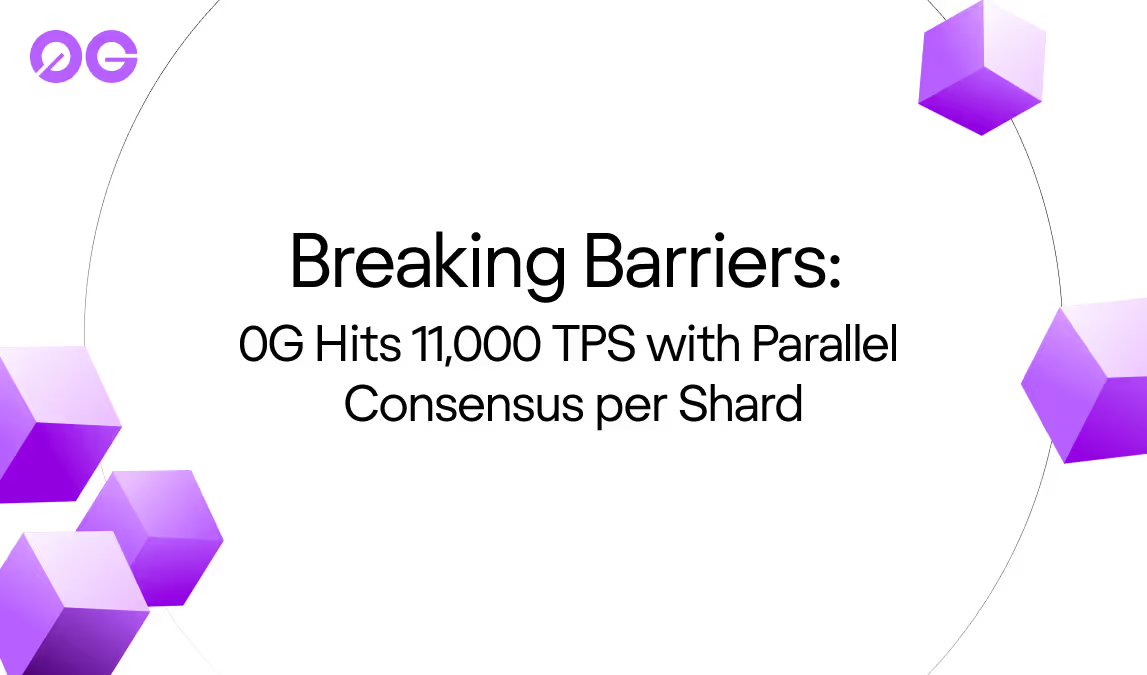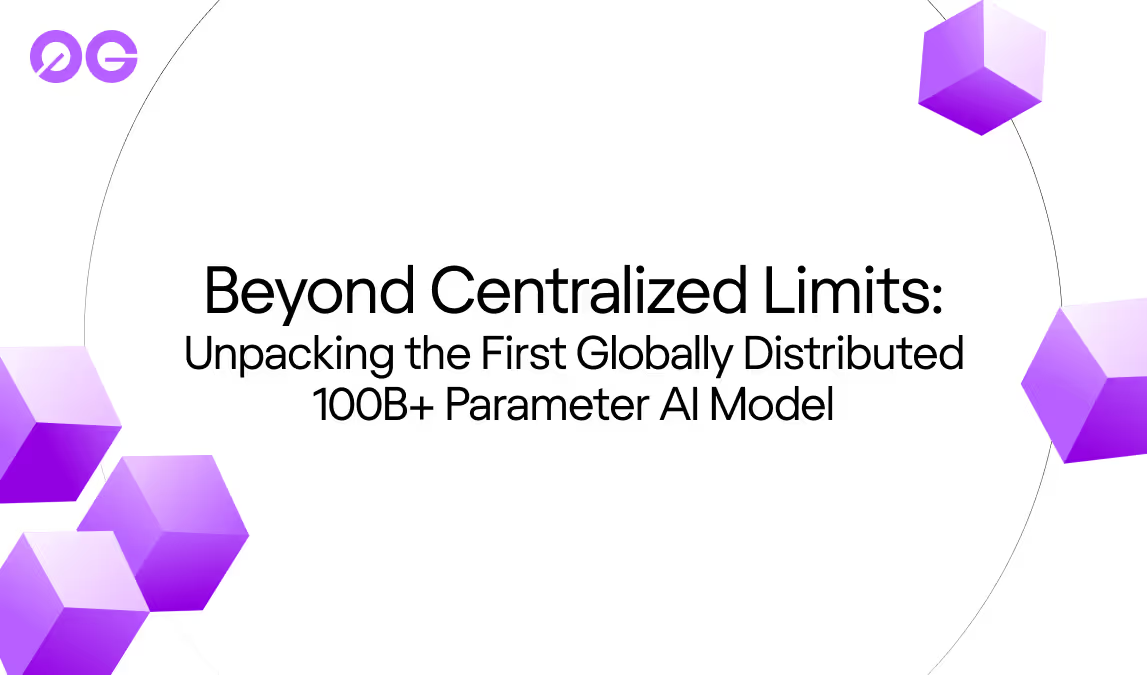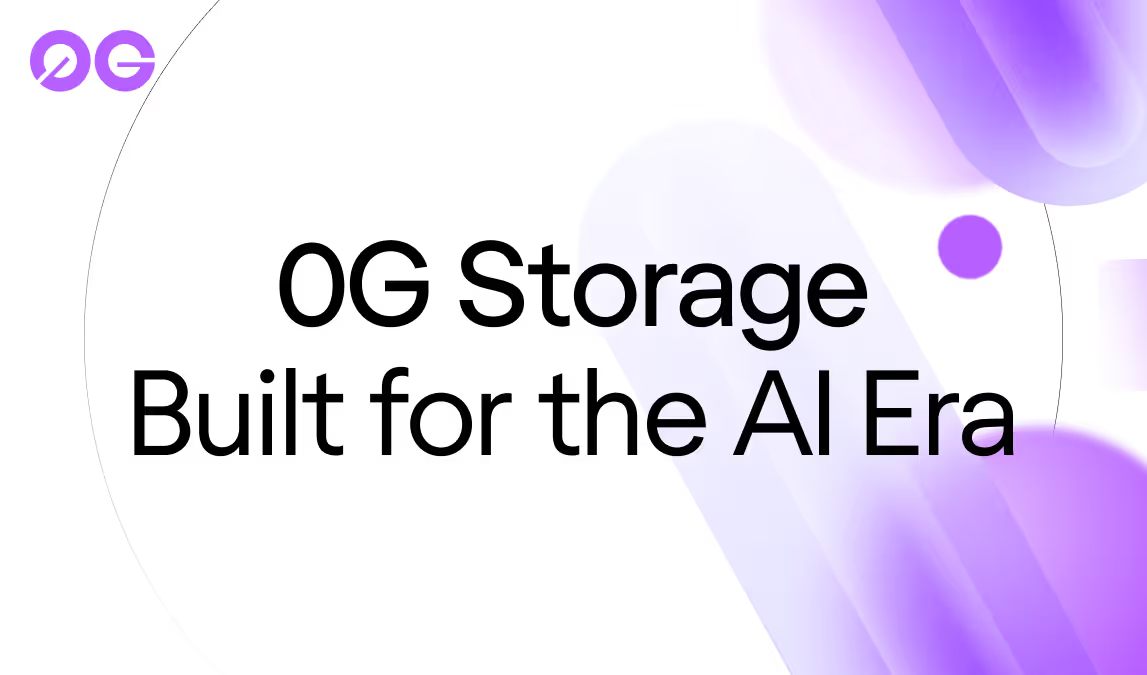

True AI Ownership vs API Access: Returning Power to the Builders
Today, most people don’t own the AI they use. They rent it.
Sure, the current wave of AI innovation is producing more intelligent outputs, but it’s also reinforcing outdated, centralized architectures of control. Whether you’re using OpenAI’s ChatGPT or Anthropic’s Claude, your interactions with AI are mediated through centralized APIs. This gated access means users can’t see how a model works, transfer it, or modify its behavior outside the narrow parameters allowed by the provider.
If that sounds familiar, it should. It’s the same dynamic that web3 was designed to overcome in finance, organizational governance, and beyond. And now, AI is the next frontier. What platforms like 0G enable is the ability to take AI agents out of the sandbox and into programmable, ownable, modular systems. This is an essential step forward for AI as a whole, a paradigm shift that is less about how smart models are, and more about how they’re accessed and what kind of ownership structures will define the next generation of intelligence.
The Illusion of Ownership
API access is often mistaken for AI democratization. But accessibility does not equal autonomy. When your AI tools are gated by keys, rate limits, black-box logic, and centralized moderation policies, you’re integrating someone else’s SaaS product.
This includes open-source-inspired setups like Mistral-powered chatbots hosted on Hugging Face, which are locked into static delivery architectures. And even the growing crop of “agentic wrappers” like Personal.ai and Jan.ai rely on proprietary backend infrastructure and retain unilateral control over how agents operate, how data is stored, and how usage is monetized. These aren’t sovereign digital beings. They’re centralized services with a custom frontend and a chatty UX.
What’s more, even open-source models lose their flexibility once deployed into these managed, containerized environments. A developer might fine-tune a LLaMA model or run a local instance of DeepSeek, but once it’s packaged as an endpoint, it’s effectively a black box all over again.
This also reflects the key bottleneck in the current “onchain AI” movement. Many purported onchain AI projects claim to be decentralized, but in practice rely on hosted endpoints and opaque inference layers. Even token-wrapped models typically represent rights to use an AI model, not to own or govern its behavior, logic, or value accrual. This falls short of web3’s core promise of verifiable, programmable ownership.
What True AI Ownership Looks Like
Owning an AI agent shouldn’t just mean having the right to execute inferences. It should mean full agent composability, portability, and the ability to deploy your model wherever you want:
- Composability: Your agent can plug into other systems, contracts, and agents. It can borrow logic, share resources, or respond to programmable incentives.
- Portability: You can transfer your self-contained agent, along with its behavior, identity, and memory, across wallets, dApps, chains, or decentralized marketplaces without rebuilding.
- Deployability: You should decide where your agent lives and how it runs, rather than relying on someone else's server or API key.
None of this is possible under the current model of centrally hosted APIs. Centralized endpoints are inherently non-transferable, non-programmable, and non-interoperable. As such, the world needs a new agent model that is not tethered to hosted endpoints and can move between different owners, contracts, and compute environments.
0G’s ERC-7857 Standard Enables True AI Ownership
To make AI truly ownable, we need new standards for how they are packaged, owned, and shared across ecosystems. That’s where ERC-7857, 0G’s new token standard for intelligent NFTs (iNFTs), comes in.
ERC-7857 defines a schema for turning AI agents into composable, transferable assets that can live fully onchain, evolve over time, and interact with other agents and applications.
Key features include:
- Agent-as-Asset Design: Each iNFT carries the identity, logic, and access keys for a specific AI agent. This enables agents to be stored, referenced, and exchanged like any other token.
- Transferability with Memory: iNFTs can be bought, sold, or moved across wallets with persistent state, including memory, behavior configs, usage history, and reputation data.
- Permissionless Interoperability: Agents built using ERC-7857 can interact with any smart contract or dApp that supports the standard. This opens the door to multi-agent environments, auctions, onchain tournaments, and beyond.
- Modular Hooks: Developers can attach custom logic to each iNFT (ex: rate limits, staking rules, royalty logic) to unlock new possibilities in programmable behavior.
From API Access to Full AI Agency
If the rapid growth of web3 has taught us anything, it’s that permissionless infrastructure beats closed platforms in the long run. The same will be true for AI, if we build it that way.
AI will radically reshape business and society in the coming decades. But unless we change how it’s controlled and shared, we risk repeating the centralization mistakes of legacy tech. As we approach the next wave of AI and blockchain convergence, we need to ask ourselves whether we’re rebuilding the same walled gardens, or opening up an entirely new design space.
By combining ERC-7857 with 0G’s full-stack Artificial Intelligence Layer, which includes high-throughput inference, decentralized storage, and onchain DA, we enable truly permissionless AI economies where agents can evolve, compete, and cooperate freely. Within this system, the agent itself is the unit of value, not the API.
ERC-7857 is a standard, but it’s also a statement: AI belongs in the hands of builders, not gatekeepers. So let’s stop treating AI like a product, and more like a public good.






